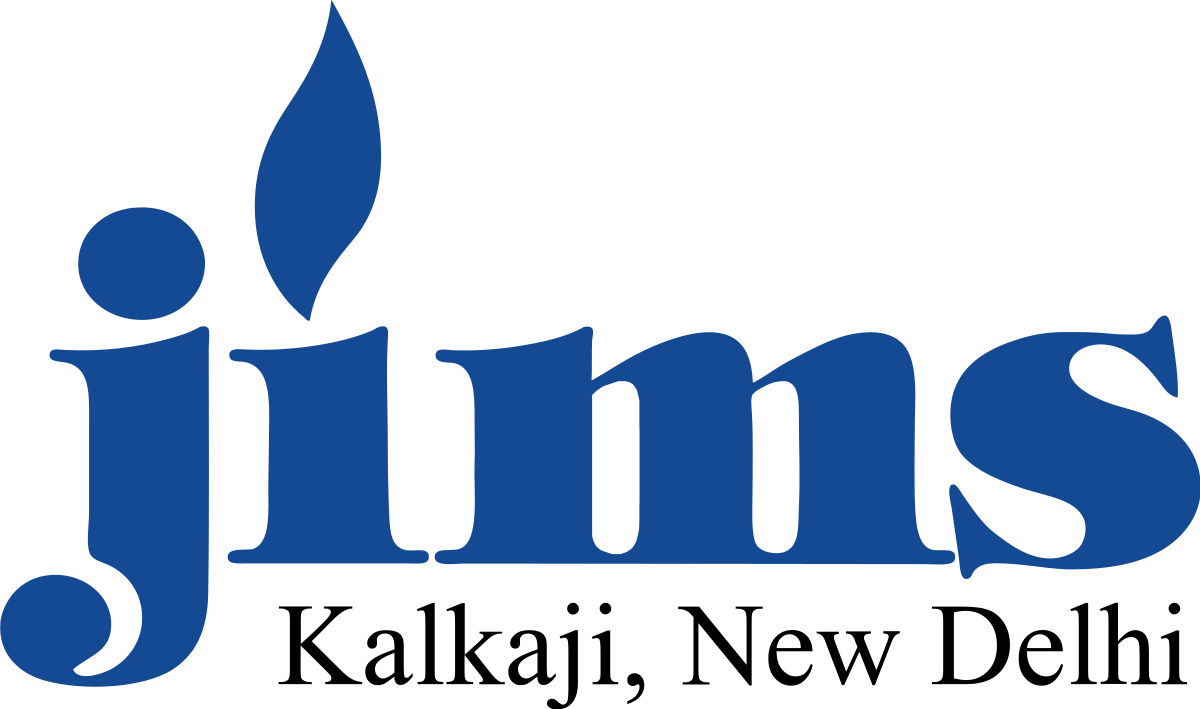
Jagannath International Management School
Decision-making is the most trivial part of management professionals, he or she must make decisions that are relevant to his or her field of work. The decision-making process can be approached in a variety of ways. These choices are largely influenced by the nature and breadth of his or her profession. A lot also depends on the manager’s authority and powers. Quantitative techniques assist the manager in making impartial and timely judgments. To make a good decision, such techniques use a scientific and statistical methodology. So let us try to understand about the different types of Quantitative Techniques of decision making;
The nine imperative quantitative Techniques of decision making are as follows.
Linear Programming
The main goal is to make the most of a resource that is limited in some way. Generally, all managers apply this Technique only in situations where there is a high level of assurance. As a result, when situations are unknown or unpredictable, this may not be particularly valuable to the management.
Mathematical Programming
Mathematical programming Numerical writing computer programs is one such procedure that can be utilized when a few variables influence the selection of techniques. For instance, assuming the point is to diminish the complete expense, no imperative can influence our selection of methodologies. Assuming there are limitations, they may restrict the assets which can be spent on the stock, the space for stock set up or the biggest number of requests that can be set by the purchaser or buying office.
very single business regularly languishes holding up over periods or lines because of their work force, hardware, assets, or administrations. For instance, some of the time an assembling organization might accumulate a load of unsold merchandise because of unpredictable requests. The principle objective of this hypothesis is to limit such holding up periods and furthermore lessen the interests in such costs. For instance, the departmental stores regularly need to track down a harmony between the unsold stock and the buying of new merchandise. The chiefs in such models can utilize the lining hypothesis to limit their costs.
Probability Decision Theory
Probability decision theory is a Technique that lies in the case, where the probability of an outcome can only be predicted. In simple words, one cannot always predict the exact outcome of any course of action. The managers use this technique to determine the probabilities of an outcome using the available information or they can also rely on their subjective judgment for this purpose. They often use the decision tree or the pay-of matrices for this purpose.
The Game Theory
Managers frequently employ this strategy solely when making decisions involving their company competitors. This technique treats corporate rivalries as if they were a game. Under this Technique, the primary goal of a company’s managers is to uncover ways to acquire an advantage over their competitors.
Stimulation
In hypothetical or artificial environments, the stimulation technique produces a number of results. Managers are attempting to comprehend how their selections will play out in various scenarios.
Then they make their final decision based on which option is most likely to benefit them. Understanding the outcomes in these enhanced conditions rather than natural settings dramatically minimises the risk.
Cost Analysis
The goal of cost analysis is to find the break-even points, or the levels at which profits are at their highest. Managers must consider the financial potential of alternative courses of action while making decisions. This necessitates a thorough examination of the costs of these options.
Network Techniques
All tough activities frequently necessitate teamwork by workers in order to prevent wasting time, energy, and money. The primary goal of this technique is to tackle the problem by constructing strong network structures for the work.
So, there is a non-ending list of such quantitative techniques that can be impact fully applied in the process of decision making that helps one to optimize the utilization resources, minimizes the costing, maximizes the profit etc. It also helps us by providing a tool for scientific analysis, solutions to various problems, helps in minimizing the waiting time and servicing cost, assisting in choosing a an optimal strategy. Helping a production house decide when to buy and how much to buy. Without the help of these quantitative techniques it is complex for one to develop a solution.
For more information visit: https://www.jagannath.org/
